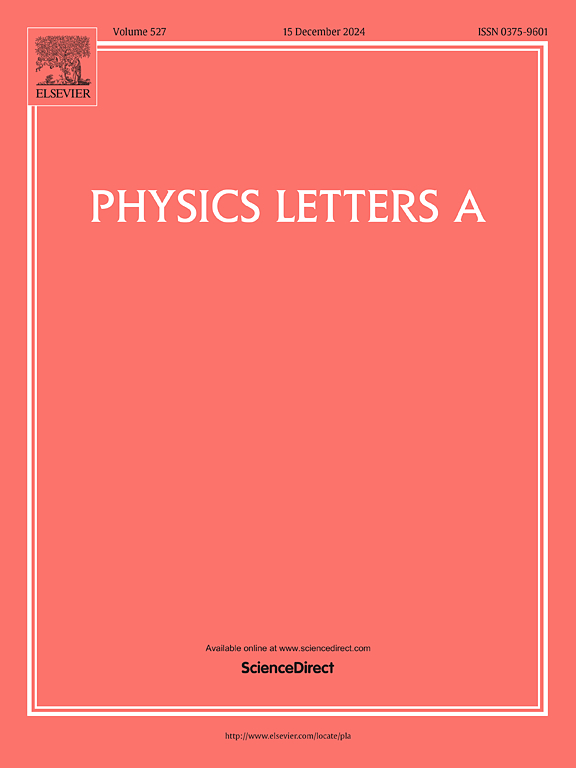Mechanical force adjusts the bonding orientation with respect to the electrode to regulate electronic transport in single-molecule devices
IF 2.3
3区 物理与天体物理
Q2 PHYSICS, MULTIDISCIPLINARY
引用次数: 0
Abstract
The paper studies the mechanical force adjusting the bonding orientation with respect to the molecule to regulate electronic transport in single-molecule devices by using first-principle calculations. We designed molecular junctions by connecting tetraphenylene molecules to gold electrodes via amino or pyridine anchoring groups. By applying horizontal compressive force, the bonding orientation angle was adjusted from 0° to 45°, and the corresponding current-voltage characteristics were calculated. For the single-molecule device connected to gold electrodes via amino group, the transmission spectra exhibited a pronounced leftward shift as the orientation angle increased, accompanied by a gradual rise in the current. In contrast, the single-molecule device connected to gold electrodes via pyridine group showed no significant shift in the transmission spectra under mechanical compression. When the orientation angle increases to 30° and 45°, significant negative differential resistance behaviors are observed in the molecular devices. Our research results provide an understanding of the influence of bonding orientation on the electronic transport properties in molecular devices, and offering an approach to the realization of molecular functional devices.
求助全文
约1分钟内获得全文
求助全文
来源期刊

Physics Letters A
物理-物理:综合
CiteScore
5.10
自引率
3.80%
发文量
493
审稿时长
30 days
期刊介绍:
Physics Letters A offers an exciting publication outlet for novel and frontier physics. It encourages the submission of new research on: condensed matter physics, theoretical physics, nonlinear science, statistical physics, mathematical and computational physics, general and cross-disciplinary physics (including foundations), atomic, molecular and cluster physics, plasma and fluid physics, optical physics, biological physics and nanoscience. No articles on High Energy and Nuclear Physics are published in Physics Letters A. The journal''s high standard and wide dissemination ensures a broad readership amongst the physics community. Rapid publication times and flexible length restrictions give Physics Letters A the edge over other journals in the field.
 求助内容:
求助内容: 应助结果提醒方式:
应助结果提醒方式:


